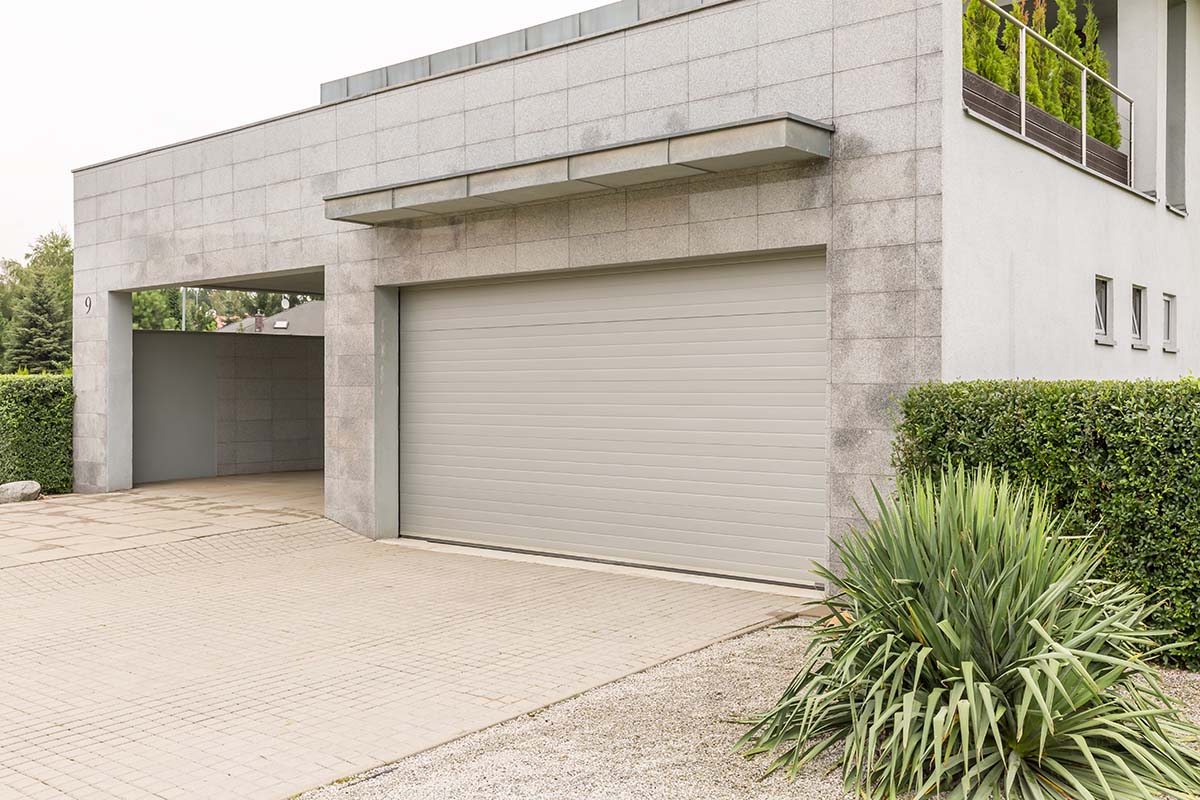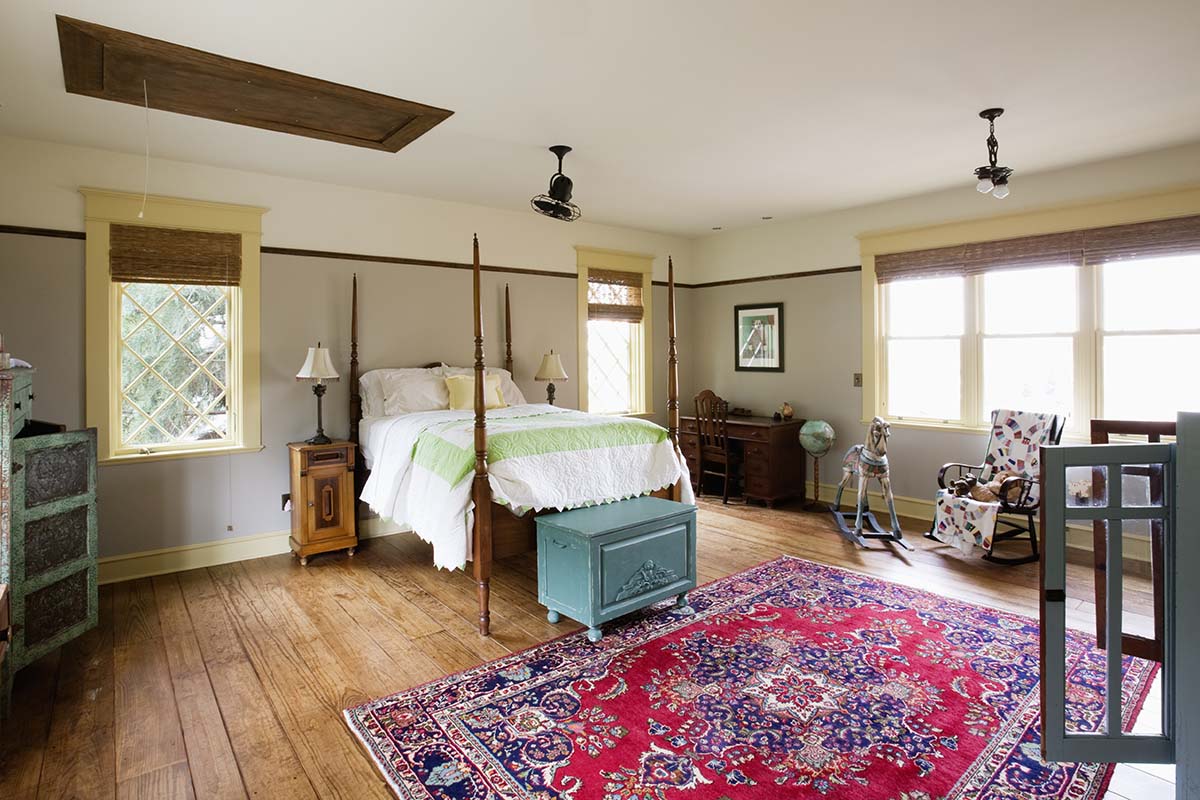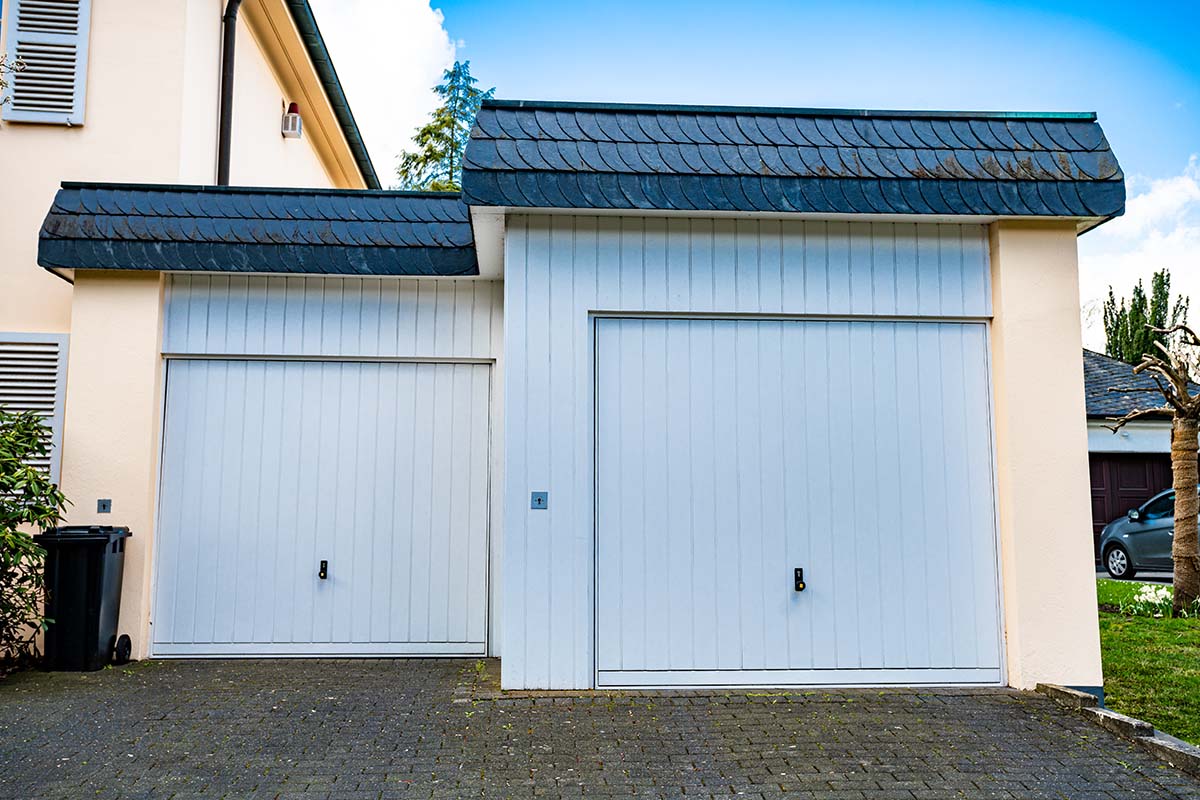
If your garage no longer serves as the parking unit it was meant for, you can turn it into a habitable space. This will not only provide an extra room for your entire family but also add value to your property, should you want to attract future buyers.
In the following post, we will discuss important issues concerning garage conversions that you should be aware of. Continue reading to find out the answers to your burning questions, as we unfold our home improvement advice.
If you're looking for home conversions, we've written a guide on converting a cellar into a bedroom. Something to look at if you don't have a garage! At AceKitchen we provide a wide range of renovation services from kitchen and bedroom renovation to house extensions and anything in between.
Should I Convert My Garage?

If you are in desperate need of more living space, there are two options to consider: moving house or converting your garage. In most cases, the second option proves to be more affordable. After all, a single garage allows you to obtain extra space from the existing footprint without starting from scratch.
Before you spring into action, you should sit down and think about the advantages and disadvantages of a garage conversion, as well as whether you will benefit from one. There are certain things to take into account and compare.
For instance, your garage conversion should never be more exorbitant than the value it adds to your home. If the total building work costs a whopping £30,000 and the added value equals that number, then there is little point in even beginning preparations.
Also, there could be unexpected costs that may throw your budget off track, making you want to quit halfway through. Do precise calculations for all the potential costs involved with the new project. After that, check out your finances to see if you can afford those expenses.
Types of Garage Conversion

The first question to ask yourself is whether you want to use all the space in your existing garage for a new bedroom or you want to have a storage space too. There are different types of garage conversion to choose from.
Partial garage conversion
This is perfect when you’re looking for a speedy solution and would like to save money. In that case, the garage doubles as a storage space and a living room, and the two are separated by a partition wall.
Full garage conversion
This is another effective conversion where the whole garage space is used to create a new room. The main access is through a room inside the house because you are dealing with an attached garage - meaning it's part of the main property.
Detached garage conversion
With this one, the garage is separated from the house and you are converting a free-standing unit. A detached structure calls for more work in terms of plumbing, insulation, and garage conversion permits. The good news is that the main garage door will serve as an entry point and there is not going to be any need for additional exit routes.
Double garage conversion
It’s the same as a full garage conversion, only it provides more space. If you have a double garage, it’s convenient to convert the rear side of it into a family room or an extra bedroom, letting the front function as an enclosed parking lot.
How Much to Renovate a Garage into a Bedroom
Garage conversion costs are much lower than those of loft conversions and house extensions. They are the cheapest way to make an extra living space and increase the selling value of your property.
Most garage conversions run an estimated £6,300, including plastering and decorating, and some would reach £11,000-. There is no excavating or wall tumbling that would make the job much more expensive. It goes without saying that if you need to make changes to the existing structure, this will involve a more complex plan, which will also make the garage conversion project more costly.
- Partial garage conversion: £5,500-£8,500
- Detached garage conversion: £15,000-£25,000
- Roof insulation: £11 per square metre (if you do it yourself); £20 – £25 per square metre if you hire someone to get the job done for you
Building Regulations Regarding Garage Conversions
Every time you need to undertake building work on your property, you should familiarise yourself with what Building Regulations dictate about your project.
Truth be told, they sound a bit too technical and oftentimes are difficult to understand. But whether you like it or not, this is an essential part of the process, and one that you cannot afford to ignore.
The good news is that you can get free practical guidance from your Local Authority Building Control team about the permits you must obtain from them.
If you want extra living space, you just have to get approval from the Building Control department for certain parts of the work. Regulations affect stuff like ventilation, fire safety, acoustics, and thermal performance.
If you want to learn more about Building Regulations in London and every other part of England and Wales, you can download them from www.gov.uk.
Who Should Do My Garage Conversion?
Depending on the scope of the work, you could undertake some jobs yourself or hire a builder and renovator for every aspect of the project. Builders are used to dealing with everything from start to finish, including building regulations. They can do all the measuring, planning, painting, flooring, rendering and plastering, etc.
Before you settle on a company, be sure to check out previous work they have done for other clients, read some reviews, and ask for references. Check out our post on how to find a good contractor in your area.
Should I Get an Architect or Designer Involved?
It really depends on the complexity of the job and the budget you can allocate for the project. Architect labour will add to the cost but hiring a professional has a number of benefits.
They can provide ideas that would otherwise never occur to you. With their help, you can optimise the space in your garage, let go of plans that would have never panned out, etc.
Plus, designers and architects know a lot of different experts in the industry. Having contacts always goes a long way. They may be able to negotiate better prices or find the right person for you.
All in all, whether you hire a pro or not is a personal decision.
Garage Door Replacement

If you are going to be converting a garage into a shower room, extra bedroom, or whatever it is that you need, you will have to get rid of the garage door. Sure enough, part of that wall space could serve as an external door to the yard but that’s not necessary.
Many garage conversions open up into inner existing rooms in the main property. If that’s the case with you, the garage door will have to go. (Unless you live in a conservation area or a listed building, that is. In that case, they will probably require you to keep the original garage doors.)
This means that you need to build a wall that blends perfectly with the rest of the brickwork. Whatever materials you choose, remember that they have to be connected to the existing garage walls, insulated, and structurally sound. Because this is going to be a liveable space, it has to be able to resist water and dampness.
How is the Garage Going to be Ventilated?
Without proper ventilation, your converted room is going to be a space you simply cannot live in. If the garage doesn’t have any windows, you should consider adding one at the very least. The opening should take up a minimum of 1:20 of the floor area. The bigger the window, the better.
When it comes to bathrooms - if that’s what you’re aiming at with this conversion - the window can be of any size, as long as it has enough room to open and close properly. You may also need to add an extractor unit to conform to the existing regulations.
Plumbing and Electrical Work in a Double or Single Garage
If you are going to convert your garage into a bathroom, you will have to do some pipe work. This will involve some digging. You need to inspect your current plumbing system and how far the bathroom is from the waste pipes of the main house.
Having said that, this is something that should be left in the hands of a skilled plumber.
As far as electricity is concerned, lights and light sockets are just some of the things that beg to be installed so that the new space can function as a habitable room. A separate consumer unit is to be assembled as a whole. Needless to say, when you convert a garage, it has to be energy efficient.
It's vital that you call in an electrician to test the current wiring system and provide the necessary work. They can not only install electrics but also upgrade the existing ones so they can withstand any additional strain.
Direct Protected Route and Fire Regulations in the new Living Space
When converting your garage, it’s not just the extra value you need to think about. As this is going to be a living space, you have to ensure a proper means of escape to outside in case of a fire or another emergency. In most cases, conversions of this sort are accessed through another room within the house.
While this is great, it doesn’t provide an effective escape route in case the fire has already spread to the room in question. Therefore, you need a separate door or a window opening into outdoors.
Should I Add Windows in Place of the Overhead Door?
Whether you are to add windows or not depends on what your local regulations dictate. It’s also a matter of safety that you want to consider. Keep in mind that windows have to meet certain criteria, such as:
- The opening must be positioned 1100 mm from the floor level at most
- The bottom of the window should provide an openable space of 0.33m2
- The height and width of the window should be at least 450mm
- You must use side-hung windows rather than sliding or tilt-and-turn windows
There are certain cases where a window will not be required but for that, you need to ask the local authorities. But even if you keep your garage doors, you will still need a source of natural light.
Floor Covering and Solid Wall
Garage floors are not typically designed with residential standards in mind. The reason is that they are not supposed to serve as living spaces. But as you transform your garage into a habitable room, you will have to take care of the existing concrete floor.
For starters, you need to ensure that the floor has a damp proof membrane (DPM) plus insulation. A suspended timber floor will work great. If it's challenging to remove the concrete slab, you may opt for building on top of it.
Note that, with the above scenario, you will have to raise the roof a little bit to meet the headroom criteria. It's best to talk to a structural engineer about it.
With respect to walls, they have to be insulated as well. Not to mention, you have to add a moisture barrier that connects to a damp proof course. You might want to try self-insulted plasterboard.
Garage Roof and Ceiling
If your garage has a flat roof, and it is considered a cold roof, it is best to convert to a warm roof which is more energy-efficient. A cold roof is when the insulation is placed on top of the ceiling plasterboard, between the joists, as opposed to a warm roof where the insulation sits on top of the roof.
Flat roofs can feature skylights.
Another thing to take into account is the ceiling. The standard ceiling height is 2.4m, which means that in order for your work to be a legal living room, the garage ceiling must meet the pre-established height.
Frequently Asked Questions
Can I turn my garage into a bedroom or utility room?
Yes, you absolutely can. Garage conversions into living spaces are a permitted development in the UK. Most of them don’t need any special permits unless you live in a conservation area.
Do you need planning permission to turn a garage into a room?
Such a conversion doesn’t typically require planning permission since the changes that you implement happen on the inside. If texternal alterations are to be made to the building - for example, if you want to enlarge the floor space - then you will likely need some kind of a permit.
The same applies to a house in a conservation area. All things considered, you should get in touch with your local authority to ensure you are doing your best to comply with the building regulations.
Do you need planning permission to convert part of your garage?
You don’t need a planning permit when the building work is done internally and does not affect the outside of your house.
Can I change my garage roof without planning permission?
If you have a flat roof that you want to convert to a pitched roof, you will need planning permission. Approval must be sought for any changes you make that are higher than the existing height of the roof.
Does converting a garage into a room add value?
Yes. A garage conversion can add up to 20% value to your property! The numbers speak for themselves.
Do garage conversions need to comply with the party wall act?
If your garage shares a wall with an adjoining property, you must comply with the party wall act before you turn it into an extra space. For the most part, you should check with your local authorities on this one.
